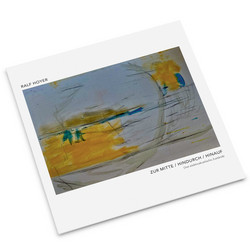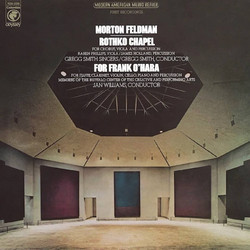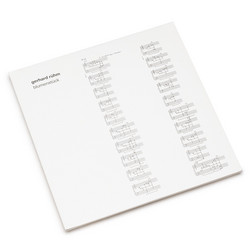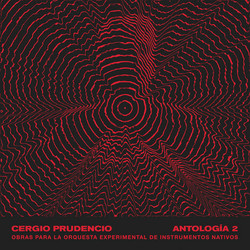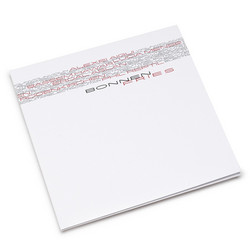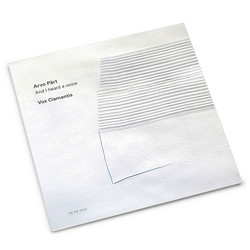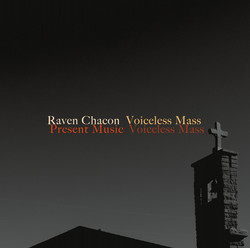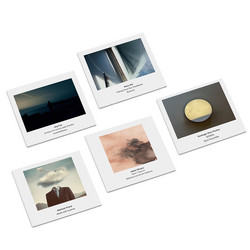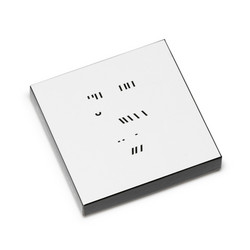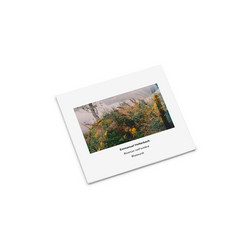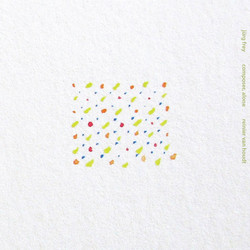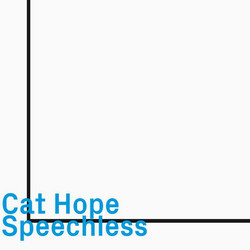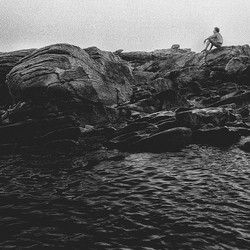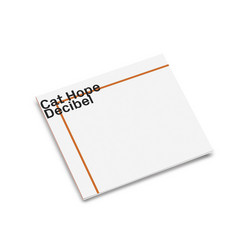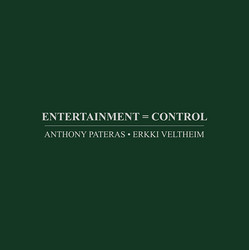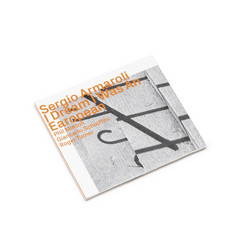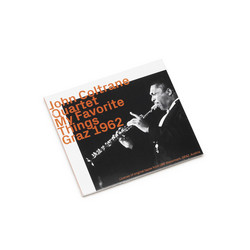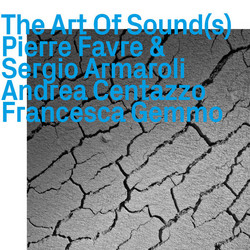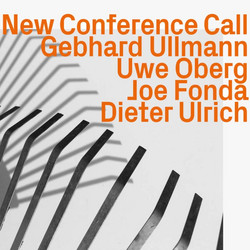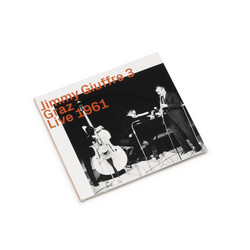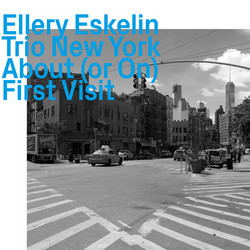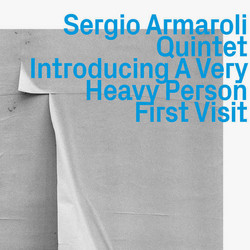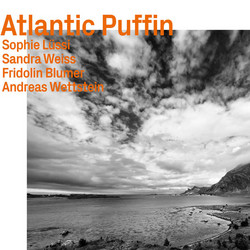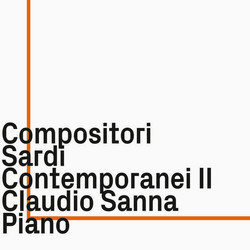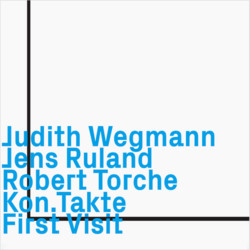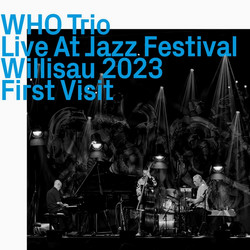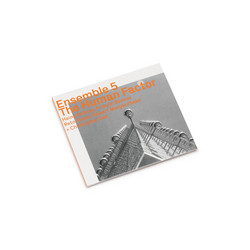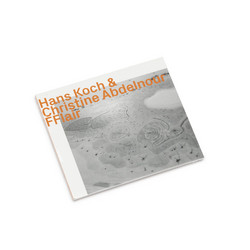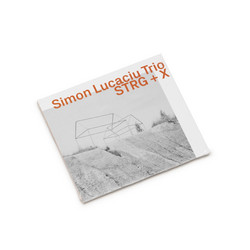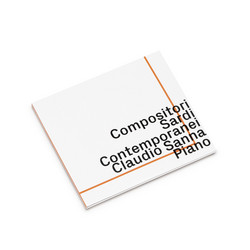"Kaps Freed (2017) is a contemplation of composer and pianist Percy Grainger's (1882-1961) Free Music ideals, a musical concept inspired by the observation of waves on a lake in Melbourne, Australia as a boy. He believed the future of music lay in freeing up rhythmic procedures and using more subtle variations of pitch outside the tempered scale. Grainger explained his concept of Free Music in a letter to critic Olin Downes in 1942:
"In this music, a melody is as free to roam thru tonal space as a painter is free to draw and paint free lines, free curves, create free shapes ... In Free Music the various tone-strands (melodic lines) may each have their own rhythmic pulse (or not), if they like; but one tone strand is not enslaved to the other (as in current music) by rhythmic same-beated-ness. In Free Music there are no scales - the melodic lines may glide from and to any depths and heights of (practical) tonal space, just as they may hover about any 'note' without ever alighting upon it..." from "A Musical Genius from Australia" Edited by Teresa Balough, Nedlands, W.A. : CIRCME, School of Music, University of Western Australia in association with Soundscapes, 1997.
These words also describe the musical concept of Kaps Freed, and capture the challenges Grainger faced when attempting to notate his concepts for musicians to perform; now possible to over-come via animated notations - moving scores facilitated by computer technology. 'Kaps Freed is named after the Kaps piano, the childhood instrument Grainger would have been playing during his period of inspiration for Free Music, and attempts to free the piano from the rigid harmonic structure imposed on its design. The aim of the piece is to transform the sound of the piano as closely as possible to Grainger's idea, by sampling moments in the piano and transporting them into Theremin like tones carefully notated on the score. The shapes for this notation were taken from the composer's drawings of the surface of the same lake that fed Grainger's original ideas in Melbourne over 100 years later, and are rendered audible via pitch tracking and spectral processing."- Cat Hope
Two New Proposals for an Overland Telegraph Line from Port Darwin to Port Augusta, from the Perspective of Alice Springs: "This piece is inspired by the first piano in Alice Springs, which was carried there by camel when the town was founded in 1872 as a telegraph repeater station, being roughly at the halfway point of the Overland Telegraph Line between Port Augusta and Port Darwin.
I translated the idea of the telegraph line by utilising the fact that the distance in Hertz between the lowest and highest notes of this instrument roughly equals the distance in kilometres of the Overland Telegraph Line. Metaphorically, the keyboard thus traverses a line between Port Augusta and Port Darwin, with Alice Springs being signified by the pitch Eb4 when following an exponential curve, and the pitch A6 when fol- lowing a straight line between the two endpoints, proposing two interpretations for the placement of Alice Springs on this imaginary map.
This distance is also converted into the duration of the piece. The Overland Telegraph Line had 11 repeater stations along the line, which were used to manually repeat the weakening original message. The electronics part uses the idea that the message in my piece, a repeated morse code phrase on the dyad Eb4/A6, is similarly copied by such repeater stations through a series of delays and pitch shifts, again using both an exponential and a linear interpretation. The effect is a gradual fanning out of the morse code across the entire range of the piano, as it reaches towards the two ends of the line on both the vertical (pitch) and horizontal (time) axes.
The morse code spells out the text of the most retweeted tweet (as reported on 13 January 2015), originally tweeted by Ellen DeGeneres on 3 March 2014: If only Bradley Cooper�s arm was longer. Best photo ever. #oscars I found there to be an absurd connection between the need to repeat and reinforce morse messages across large distances, and the obsessive retweeting of meaningless messages on social media. The Overland Telegraph Line revolutionized communications between Australia and the rest of the world, facilitating the delivery of urgent and important messages. The rise of social media messaging represents a new kind of communication revolution, which has repurposed each one of us as a repeater station of trivial bits of information. We are now struggling not with the speed and reach of data, but rather its excessive volume, as it saturates our lines of communication in an endless and ever-accelerating cycle of self-generated regurgitation"- Erkki Veltheim
